Geology of Wind River Canyon, Wyoming (cont.)
3 Mississippian, Devonian and Ordovician Rocks
Going southward into the canyon, Mississippian, Devonian and Ordovician rocks become exposed, all unconformable.
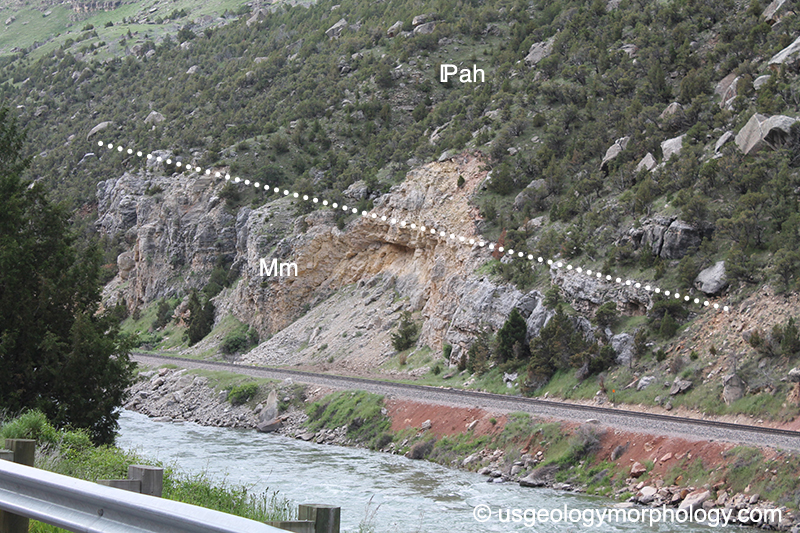
Figure 3-1. Contact between Amsden formation and Madison limestone in the Wind River canyon, Wyoming.
View to the southwest at 43° 33' 37" N. Start of the Mississippian Madison limestone exposure, going south in the canyon. Notice the difference of hardness between the two formations.
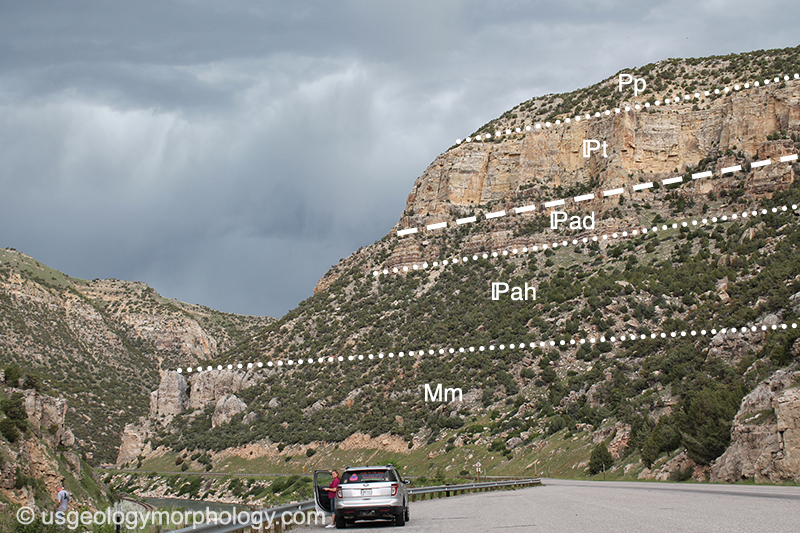
Figure 3-2. Permian, Pennsylvanian and Mississippian formations in the Wind River canyon.
This photo, on the eastern side of the Wind River canyon at 43° 33' 37" N shows very well the differences of resistance to erosion of the upper strata in the canyon. Pp - Permian Park City formation (dolomite and dolomitic limestone in lower and upper parts, mudstone in middle part; average thickness: 75 m); *t - Pennsylvanian Tensleep sandstone (60-90 m thick). *ad : Pennsylvanian Sandy dolomite member of Amsden formation (30-85 m thick). *ah : Pennsylvanian Horseshoe Shale member of Amsden formation (30-60 m thick). Mm : Mississippian Madison limestone (average thickness: 150 m). Dashed line: conformable layer boundary. Dotted line: unconformity.
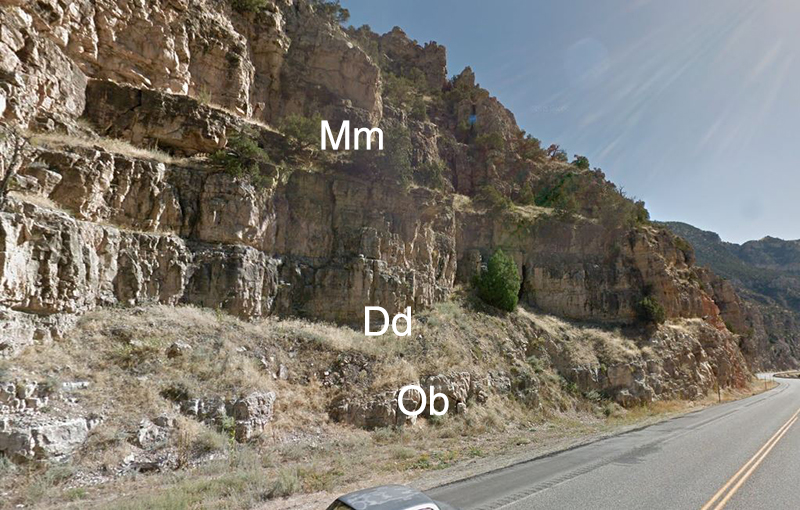
Figure 3-3. Northern end of exposure of Devonian and Ordovician rocks in the Wind River canyon, Wyoming.
View to the east at 43° 32' 45" N. The Ordovician is only represented by the incompetent, thin Darby formation between the Madison limestone and the Bighorn dolomite. Here the Darby formation is 1 m thick and covered with vegetation; its thickness decreases southward until it totally disappears. Mm : Mississippian Madison formation. Dd : Devonian Darby formation (siltstone; 0-1 m thick). Ob : Ordovician Bighorn dolomite (25-42 m thick). Base image: Google Maps image © Google. Google and the Google logo are registered trademarks of Google Inc., used with permission.
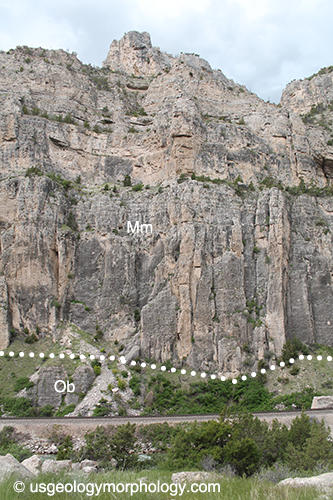
Figure 3-4. Madison limestone and Bighorn dolomite in the Wind River canyon.
A few miles south of the preceding location on the eastern side of Wind River canyon at 43° 32' 15" N, the Madison limestone is in direct contact with the Bighorn dolomite. Dotted line: unconformity.
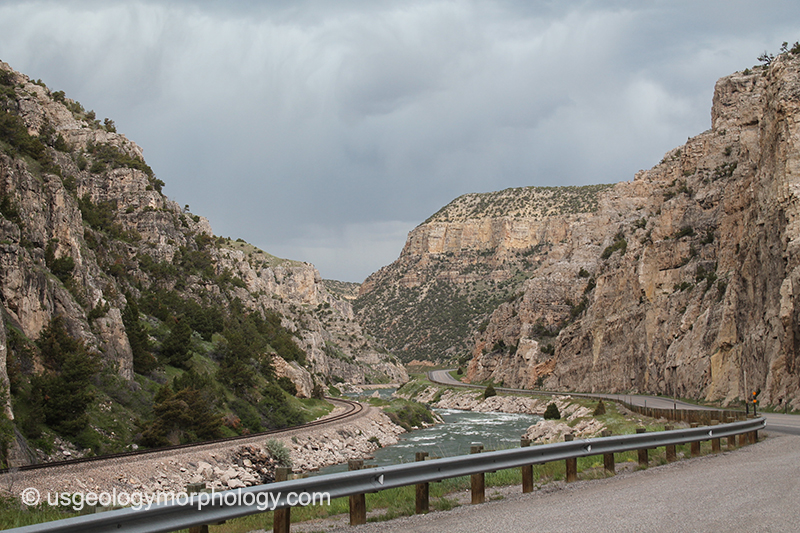
Figure 3-5. General view of the Wind River canyon at 43° 32' 29" N.
View to the northwest. In the right foreground, Madison limestone above Bighorn dolomite. The cliff in the center background is the one represented in fig 3-2.
